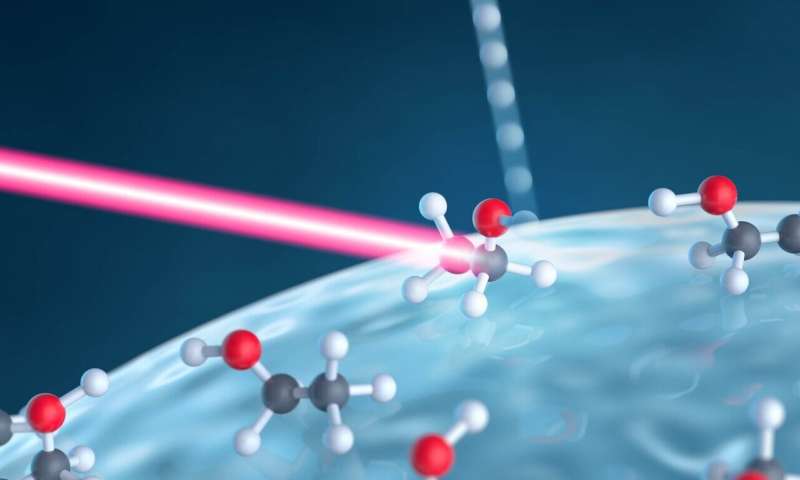
An ultrafast glimpse of the photochemistry of the atmosphere (15/10/2019)
Our
lives are governed by submicroscopic processes in the nanocosmos. Indeed many
natural phenomena begin with a minuscule shift in the states of atoms or
molecules, triggered by radiation. One such process has now been elucidated by
a team led by Prof. Matthias Kling and Dr. Boris Bergues at the Laboratory for
Attosecond Physics (LAP), which is jointly run by Ludwig-Maximilians
Universität (LMU) and the Max Planck Institute of Quantum Optics (MPQ). The
group studied how molecules that were attached to the surface of nanoparticles
responded to irradiation with light. Light-induced molecular processes on
nanoparticles play an important role in atmospheric chemistry, and can
ultimately influence our climate.
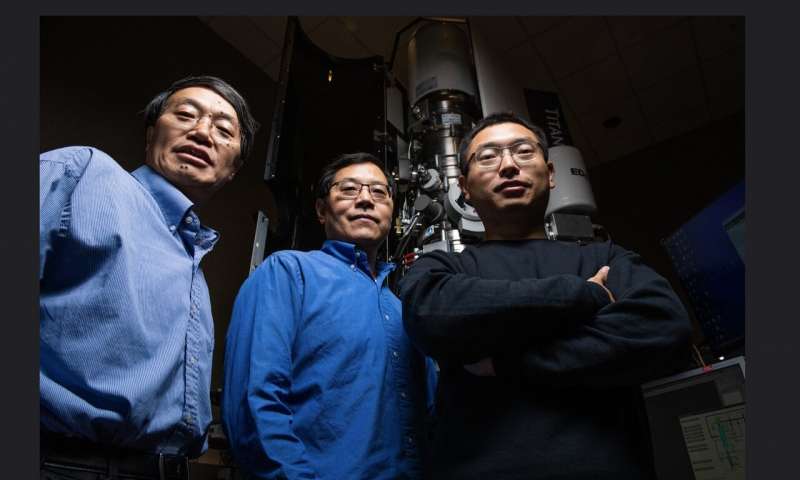
Scientists pinpoint cause of harmful dendrites and whiskers in lithium batteries (15/10/2019)
Scientists
have uncovered a root cause of the growth of needle-like structures—known as
dendrites and whiskers—that plague lithium batteries, sometimes causing a short
circuit, failure, or even a fire.
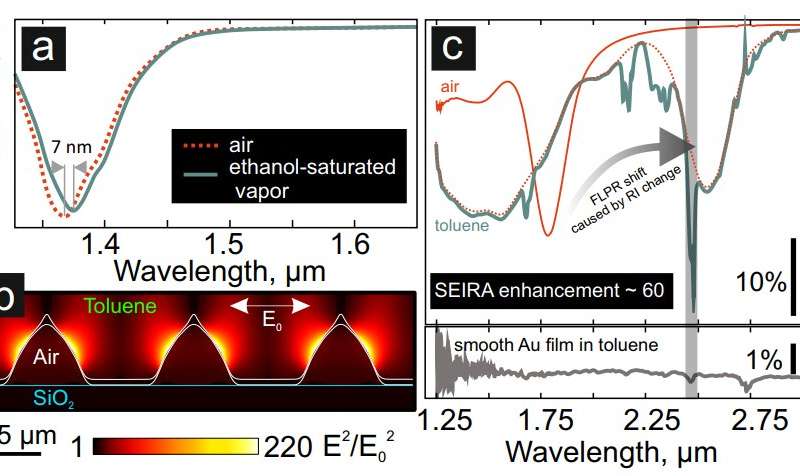
Scientists develop high-precision sensor based on laser-textured gold film (15/10/2019)
Scientists
at Far Eastern Federal University (FEFU) with colleagues from Russia, Japan,
and Australia have developed a multi-purpose sensor based on a specially
designed gold film, the surface of which contains millions of parabolic
nanoantennas produced by femtosecond laser printing. The sensor identifies
molecules at trace concentrations, detecting them in liquid and gas
environments. It can be easily adjusted to provide different modalities,
including biological studies, medical and security tasks. The related research
is published in Nanomaterials.
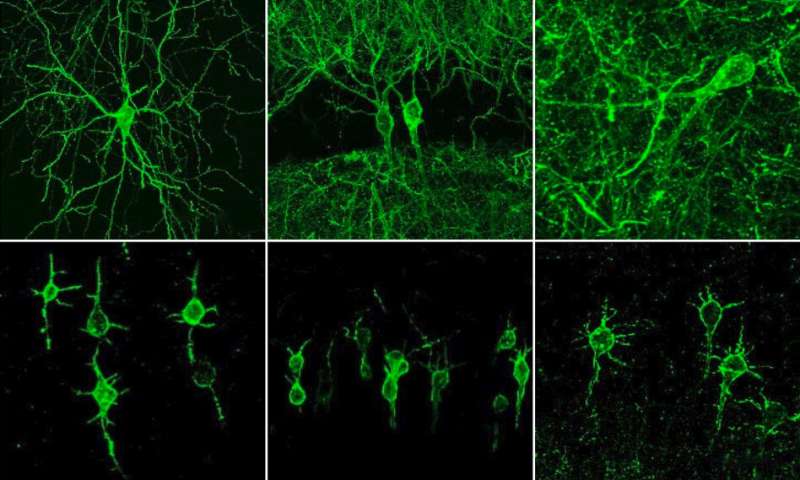
New method visualizes groups of neurons as they compute (10/10/2019)
Using
a fluorescent probe that lights up when brain cells are electrically active,
MIT and Boston University researchers have shown that they can image the
activity of many neurons at once, in the brains of mice.
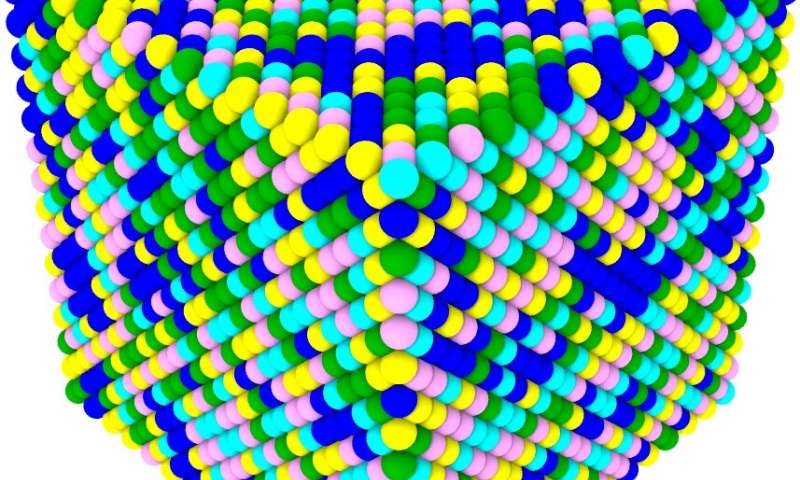
Atomic-level imaging could offer roadmap to metals with new properties (10/10/2019)
High-entropy
alloys, which are made from nearly equal parts of several primary metals, could
hold great potential for creating materials with superior mechanical
properties.
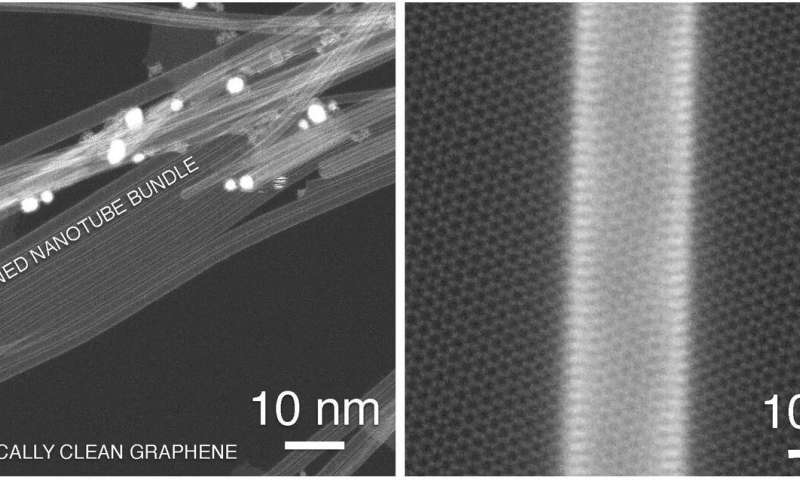
Graphene substrate improves the conductivity of carbon nanotube network (10/10/2019)
Transparent
conductive films (TCFs) have many applications in touch screens, organic light
emitting diodes and solar cells. These applications need materials that are
strong, energy efficient and stable, which is why companies and researchers are
interested in carbon-based materials. This applies especially to networks of
single-walled carbon nanotubes, which are expected to replace the metal-oxide
films that are currently used.
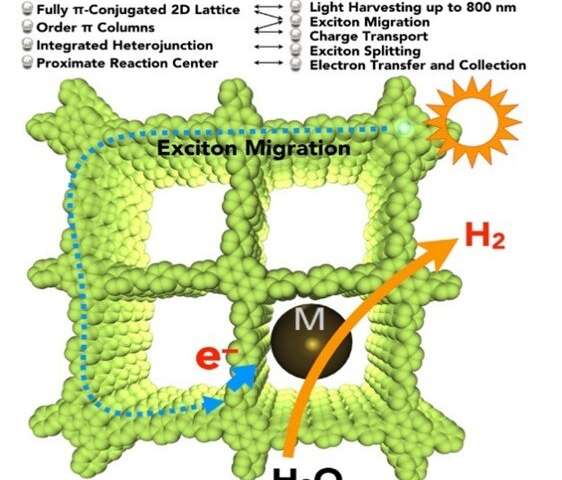
Photocatalytic hydrogen production from water (10/10/2019)
NUS
chemists have developed carbon-conjugated covalent organic frameworks for
visible light-driven catalytic production of hydrogen gas from water.
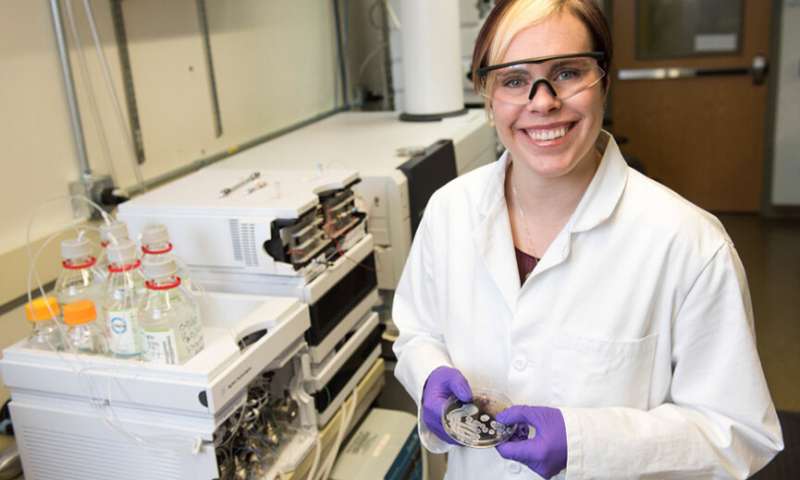
Nanoparticles may have bigger impact on the environment than previously thought (10/10/2019)
Over
the last two decades, nanotechnology has improved many of the products we use
every day from microelectronics to sunscreens. Nanoparticles (particles that
are just a few hundred atoms in size) are ending up in the environment by the
ton, but scientists are still unclear about the long-term effects of these
super-small nanoparticles.

Antimicrobial resistance is drastically rising (04/10/2019)
Researchers
have shown that antimicrobial-resistant infections are rapidly increasing in
animals in low and middle income countries. They produced the first global of
resistance rates, and identified regions where interventions are urgently
needed.
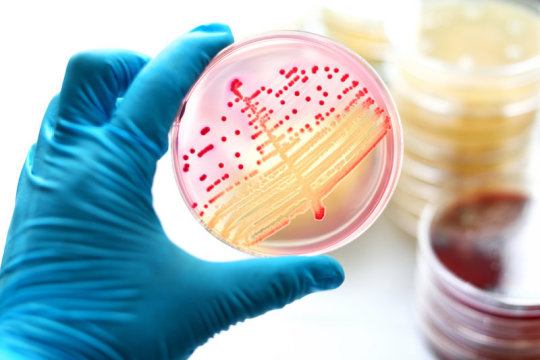
Machine learning predicts behavior of biological circuits (04/10/2019)
Biomedical
engineers at Duke University have devised a machine learning approach to
modeling the interactions between complex variables in engineered bacteria that
would otherwise be too cumbersome to predict. Their algorithms are
generalizable to many kinds of biological systems.









